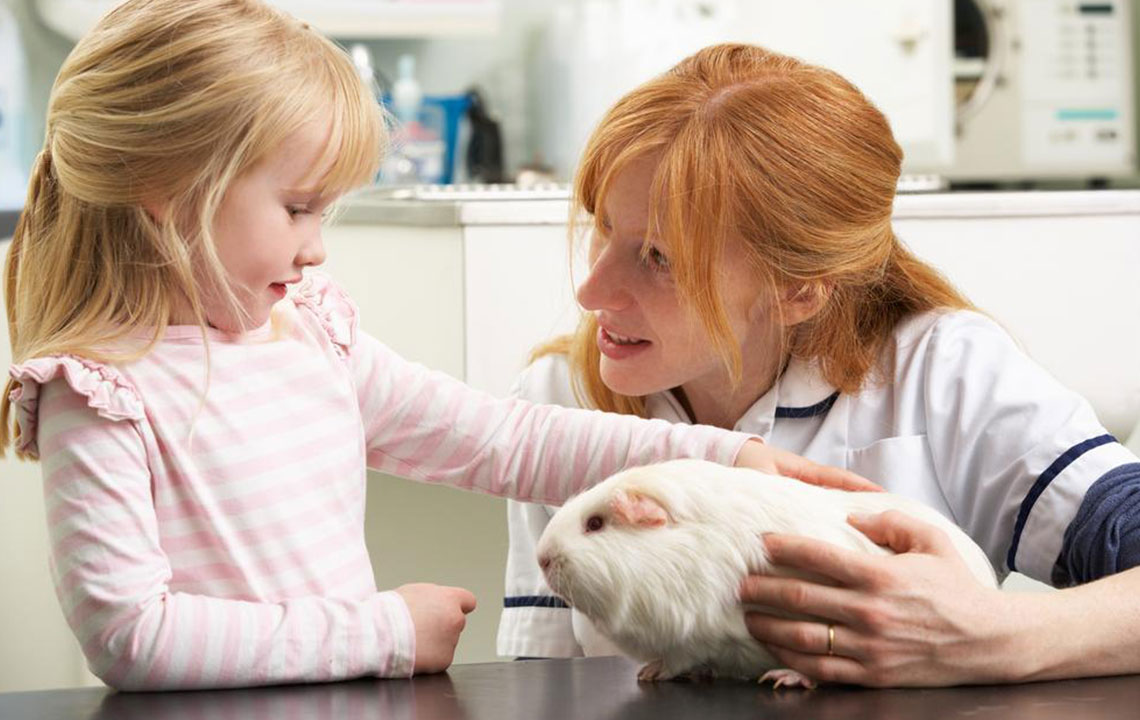Complete Guide to Pet Insurance Waiting Periods: What Every Pet Owner Needs to Know
This comprehensive guide explains pet insurance waiting periods, their purpose, regional variations, and how they impact claim eligibility. Pet owners should understand these factors for better coverage planning to protect their pets' health and avoid unexpected expenses. Early enrollment is advised to minimize coverage gaps and ensure pet health issues are fully covered. The article reviews different providers' policies, highlighting the importance of understanding waiting periods when choosing pet insurance plans.

Comprehensive Insights into Pet Insurance Waiting Periods and Their Impact
Navigating the world of pet insurance can often be confusing, especially when understanding the significance of waiting periods. The waiting period in pet insurance refers to the specific span of time from the moment you enroll your pet until the coverage becomes active for certain health conditions. During this interval, any claims made for illnesses or injuries that occur are typically not eligible for reimbursement. This critical phase, often termed as the qualifying or elimination period, begins immediately after enrollment and plays a key role in the insurance process.
What is the Purpose of Waiting Periods? Insurance providers implement waiting periods primarily to prevent misuse of coverage—specifically, to curtail owners from purchasing policies solely when their pets are ill or injured. It also helps ensure that pets do not have pre-existing health conditions at the time of insurance enrollment, which could otherwise lead to unfair claims and significant financial strain on providers. The waiting period acts as a safeguard for both the insurer and the insured, promoting fairness and sustainability within the pet insurance industry.
Many pet owners tend to delay purchasing insurance until their pet shows signs of health issues or sustains an injury, often during emergencies. However, insuring pets early—preferably while they are still healthy—can help mitigate risks associated with pre-existing conditions that are often excluded from coverage. Waiting periods are essential in verifying that no hidden health problems are present at the time of enrollment, which could otherwise compromise the integrity of the policy.
Regional Variations in Waiting Periods The specifics of waiting periods are not uniform across all regions or insurance providers. In some states, the minimum waiting period might be as short as 48 hours, whereas others might require up to two weeks before coverage for certain illnesses activates. Furthermore, for orthopedic conditions such as hip dysplasia or cruciate ligament injuries, many policies impose a six-month waiting period. However, some insurers may waive or reduce this period if the pet passes specific health tests or screenings.
Claims During Waiting Periods It’s important to understand that if your pet develops a health issue during the waiting period, you cannot claim reimbursement for these incidents until the coverage officially becomes active. This makes early insurance enrollment crucial—ideally when pets are young and healthy—to ensure coverage aligns with their complete health history.
Types of Waiting Periods Based on Conditions Insurance companies often categorize waiting times based on the type of health concern. Accident or injury-related claims usually have minimal waiting periods, often ranging from immediate coverage to 15 days. Illness-related conditions tend to have a slightly longer wait, generally between 14 to 30 days. Orthopedic issues, such as hip dysplasia or ligament tears, typically require more extended waiting periods—anywhere from 14 days up to a year—though some providers may offer shorter terms for pets tested and cleared for orthopedic health.
Major Pet Insurance Providers and Their Waiting Period Policies
Embrace Pet Insurance: Provides a quick 48-hour waiting period for injuries, a 14-day period for common illnesses, and a six-month waiting period specifically for orthopedic conditions like joint and bone issues.
Healthy Paws: Implements a 15-day waiting period for injuries and illnesses, with a longer 12-month waiting period dedicated to hip dysplasia, which is common among larger dog breeds and certain cats.
Geico Pet Insurance: Stands out by eliminating waiting periods altogether for injuries and illnesses, offering immediate coverage upon policy activation.
To select the most appropriate plan, pet owners must carefully understand these waiting periods, their implications, and how they align with their pet’s health history and needs. Choosing the right policy can significantly impact your pet’s healthcare and your financial security in the long run.In conclusion, understanding pet insurance waiting periods is essential for any pet owner. These periods serve as a safeguard for both parties, ensuring claims are fair and prevent fraudulent or premature claims. Early enrollment and comprehending the specifics of different policies can help you secure comprehensive coverage for your furry friends, giving you peace of mind knowing you are financially protected during your pet’s lifetime. Always review your policy details thoroughly and consult with your provider to understand the waiting periods and their implications fully.





